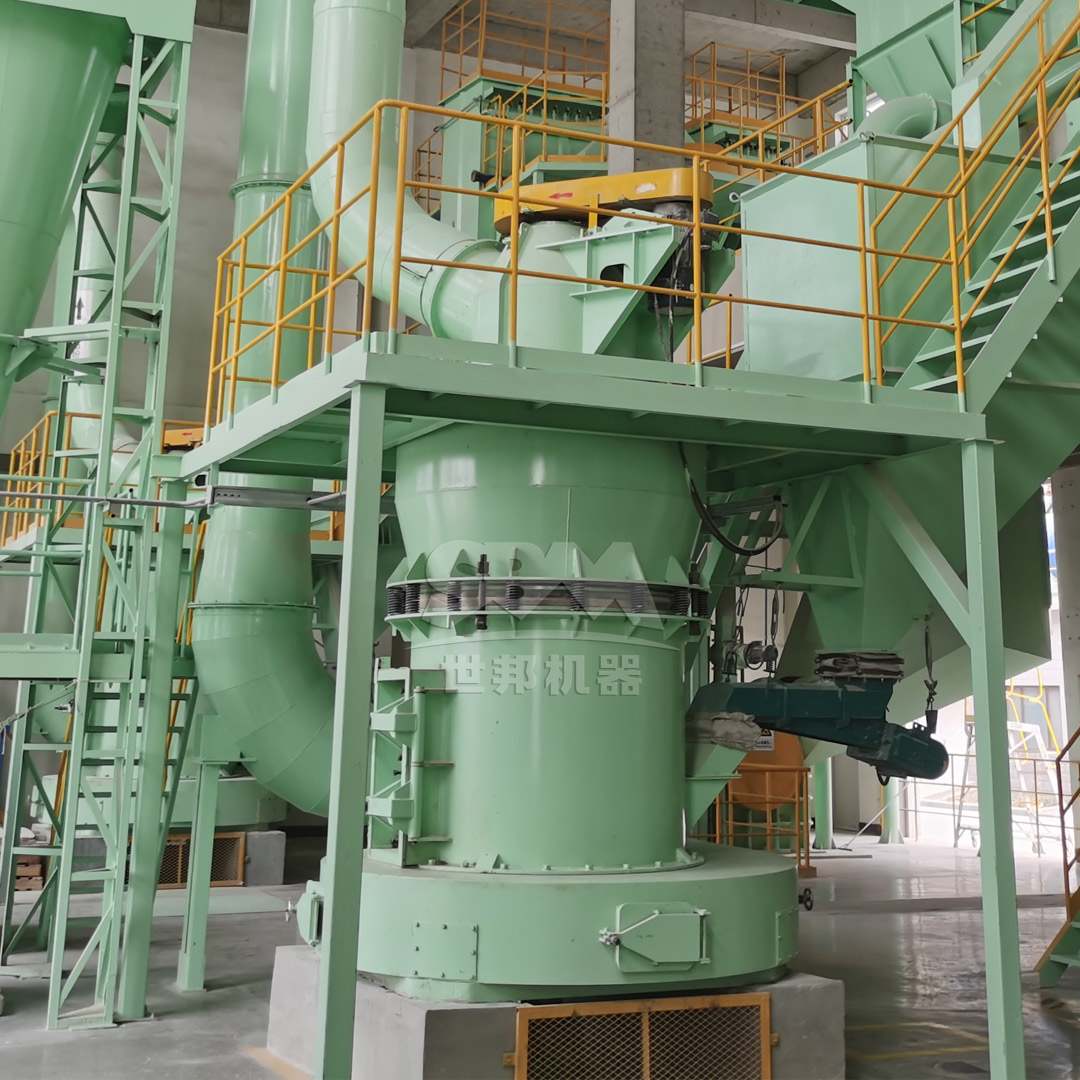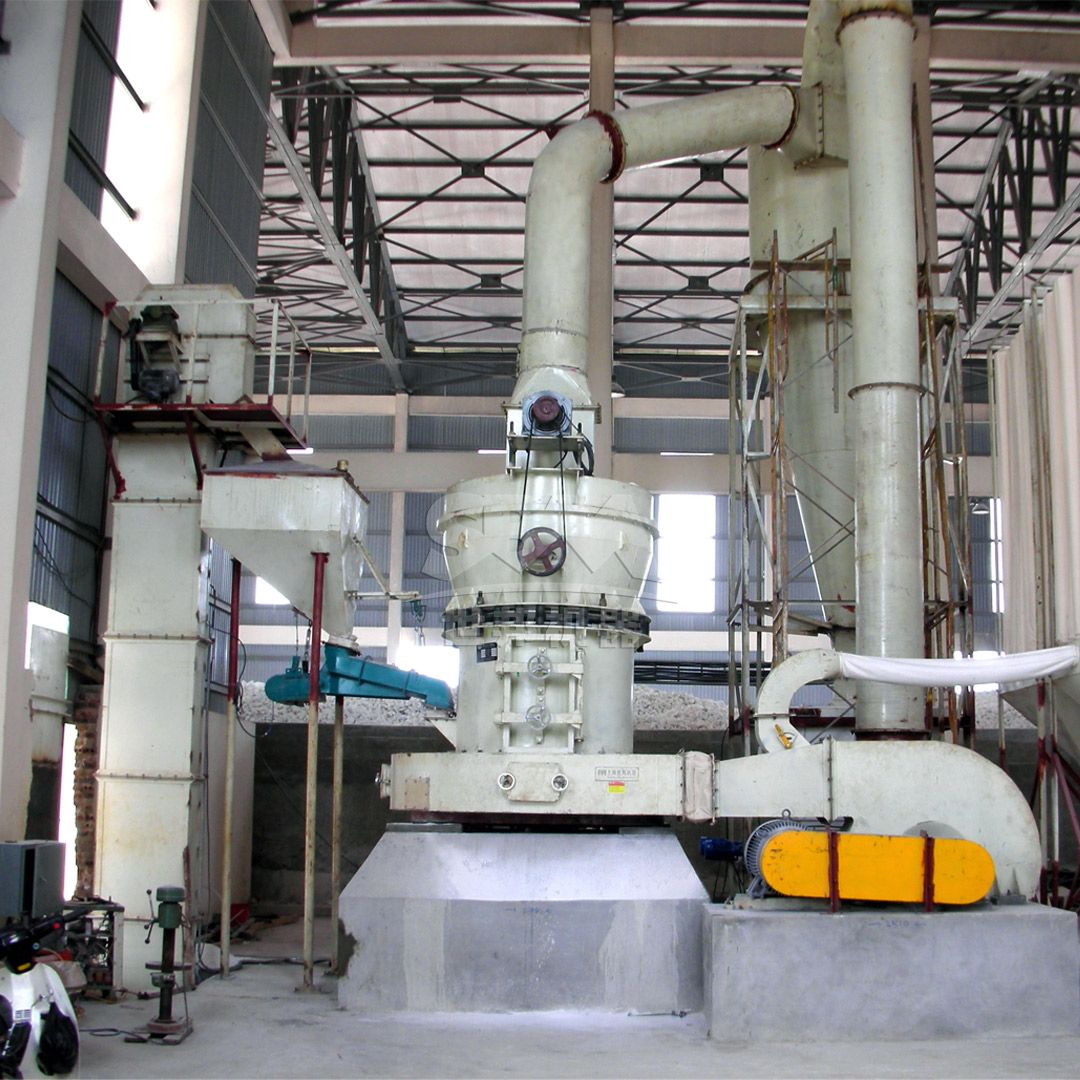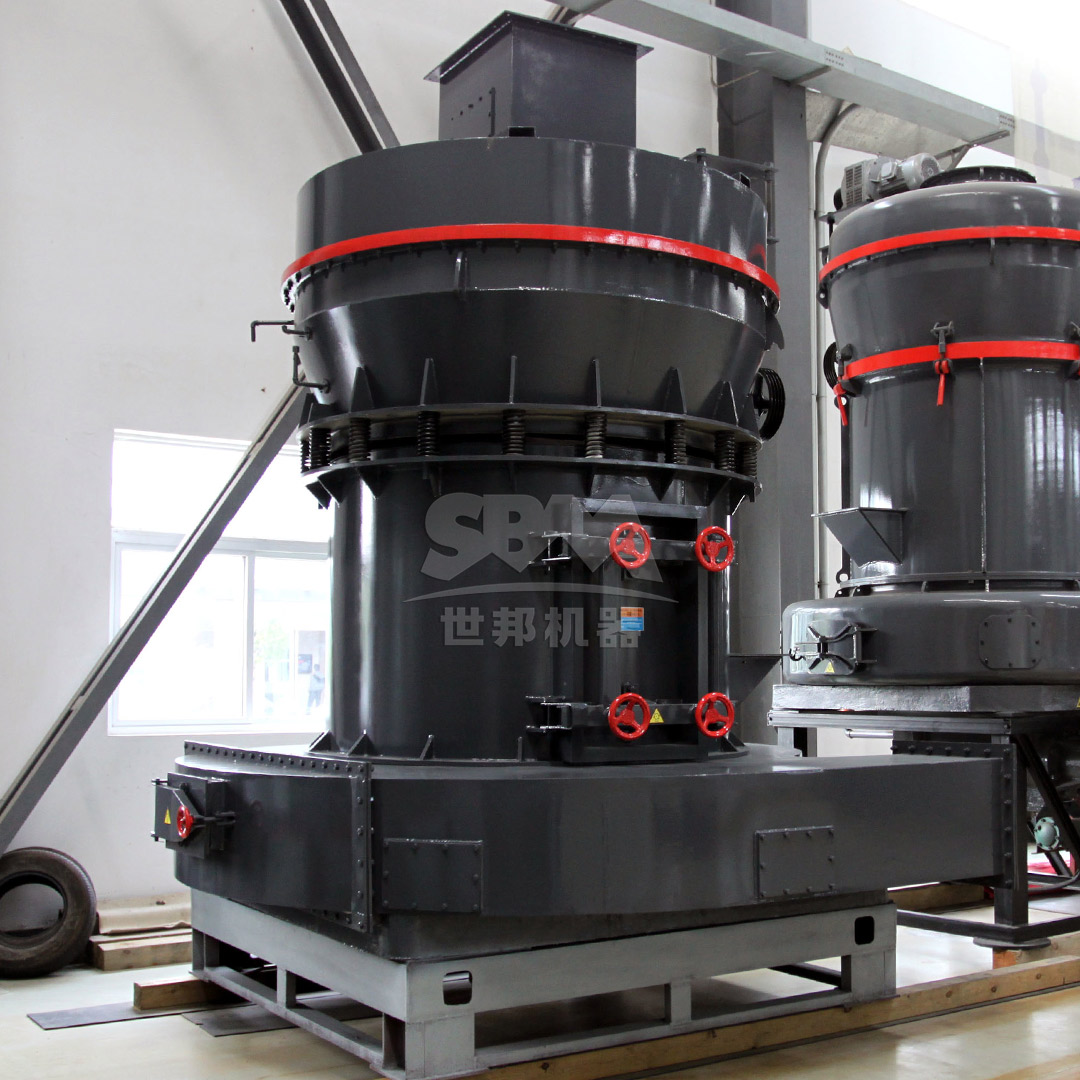The Middle East’s cement industry stands at a pivotal juncture, balancing rapid infrastructure development with growing sustainability mandates. Clinker grinding represents one of the most energy-intensive stages in cement manufacturing, accounting for approximately 40-50% of total electrical energy consumption in a typical cement plant. With rising energy costs and stringent environmental regulations across the region, optimizing this process has become paramount for maintaining competitive advantage.
Countries like Saudi Arabia, UAE, Qatar, and Oman are investing heavily in mega-projects requiring vast quantities of high-quality cement. However, the extreme climatic conditions, including high temperatures and dust levels, present unique challenges for grinding equipment. This article explores advanced grinding technologies specifically suited to Middle Eastern conditions, focusing on energy efficiency, operational reliability, and environmental compliance.

Portland cement clinker consists primarily of four mineral phases: alite (tricalcium silicate), belite (dicalcium silicate), aluminate (tricalcium aluminate), and ferrite (tetracalcium aluminoferrite). The grindability of clinker depends on several factors including mineralogical composition, cooling rate during production, and the presence of minor constituents.
Middle Eastern clinkers often exhibit specific characteristics due to local raw materials and production processes. Many plants in the region utilize high-sulfur fuels which can affect clinker reactivity and grindability. Additionally, the trend toward composite cements incorporating supplementary cementitious materials like limestone, fly ash, or slag requires grinding systems capable of handling diverse material properties.
The evolution of clinker grinding has progressed from traditional ball mills to more efficient vertical roller mills and hybrid systems. Each technology offers distinct advantages depending on production requirements, energy costs, and product specifications.
Vertical roller mills have revolutionized clinker grinding with their significantly higher energy efficiency compared to ball mills. By utilizing a bed-compaction principle rather than impact grinding, VRMs achieve grinding efficiencies 30-50% higher than traditional systems. This technology is particularly advantageous in the Middle East where electricity costs are substantial despite abundant energy resources.
The fundamental advantage of VRMs lies in their ability to combine grinding, drying, and classification in a single unit. This integrated approach reduces system complexity and space requirements—important considerations for plants in regions where extreme temperatures necessitate enclosed operational environments.

While less efficient than VRMs, ball mills remain relevant due to their operational simplicity, reliability, and ability to handle variations in feed material. Modern ball mill systems incorporate high-efficiency separators, improved liner designs, and advanced control systems that substantially enhance their performance.
In the Middle East, ball mills are often preferred for grinding composite cements where precise control over particle size distribution is critical. The longer residence time in ball mills can produce a more favorable particle shape and size distribution for certain applications.
High-pressure grinding rolls (HPGR) or roller presses are increasingly used as pre-grinding units ahead of ball mills or as finish grinding systems in combination with static or dynamic separators. This technology applies extreme pressure to the feed material, causing micro-fractures that significantly reduce the energy required for subsequent grinding stages.
For Middle Eastern plants seeking to upgrade existing ball mill circuits, roller presses offer a cost-effective pathway to substantial energy savings—typically 20-35% compared to ball mill-only operation.
The extreme environmental conditions in the Middle East present unique challenges for grinding operations. High ambient temperatures affect motor efficiency and require robust cooling systems. Dust control becomes more critical in arid regions where natural precipitation doesn’t assist with dust suppression.
Grinding systems must be designed with specific adaptations for Middle Eastern conditions:
| Environmental Factor | Impact on Grinding Operations | Recommended Mitigation Strategies |
|---|---|---|
| High Ambient Temperatures | Reduced motor efficiency, increased bearing temperatures | Enhanced cooling systems, heat-resistant materials |
| Dust and Sand Ingression | Accelerated equipment wear, contamination risk | Advanced sealing systems, positive pressure enclosures |
| Water Scarcity | Limited options for water-based cooling | Air-cooled systems, closed-loop alternatives |
| High Humidity Coastal Areas | Material handling challenges, corrosion | Specialized coatings, dehumidification systems |
Among the advanced grinding solutions particularly well-suited to Middle Eastern cement production, the LM Series Vertical Roller Mill stands out for its exceptional energy efficiency and adaptability to challenging operating conditions. This technology represents the culmination of decades of innovation in vertical grinding systems, specifically optimized for cement applications.
The LM Vertical Roller Mill employs a unique grinding principle where material is ground between a rotating table and individual grinding rollers. Hydraulic pressure systems maintain optimal grinding pressure regardless of feed variations, ensuring consistent product quality. The integrated high-efficiency separator allows precise control over product fineness, critical for meeting the diverse cement specifications required in Middle Eastern markets.
With models ranging from the LM130K with 10-28t/h capacity to the LM280K handling 50-170t/h, the LM Series offers scalable solutions for operations of all sizes. The robust construction and wear-resistant materials ensure reliable performance even under the demanding conditions of Middle Eastern cement production.

Modern cement production increasingly relies on composite cements incorporating various additives such as limestone, pozzolans, or slag. The MTW Series Trapezium Mill provides an optimal solution for grinding these supplementary materials with exceptional efficiency and precision.
This advanced grinding system features several innovations specifically beneficial for Middle Eastern operations. The curved air duct design minimizes energy losses during material transport, while the integrated cone gear transmission achieves remarkable 98% transmission efficiency. These features translate directly to reduced operating costs—a critical consideration in markets with fluctuating energy prices.
The MTW Series is particularly valuable for plants producing limestone calcined clay cement (LC3) or other composite formulations gaining popularity in sustainable construction projects across the Middle East. The mill’s ability to maintain consistent product quality despite variations in feed material makes it ideal for operations using locally sourced additives with naturally varying characteristics.
Maximizing the performance and longevity of grinding equipment in the Middle East requires attention to several operational factors specific to the region. Proper maintenance scheduling, operator training, and process optimization can significantly impact overall efficiency and cost-effectiveness.
The abrasive nature of desert dust necessitates more frequent filter replacement and enhanced sealing systems. Lubrication intervals may need adjustment due to higher operating temperatures. Many successful plants in the region implement predictive maintenance programs using vibration analysis and thermography to identify issues before they cause unplanned downtime.
Grinding efficiency can be improved through several approaches tailored to Middle Eastern conditions. These include optimizing separator speeds for specific product requirements, implementing expert control systems to maintain consistent operation despite ambient temperature fluctuations, and utilizing process additives that enhance grinding efficiency without compromising product quality.
The decision to invest in advanced grinding technology must account for the specific economic conditions of the Middle Eastern cement market. While energy-efficient equipment typically carries a higher initial cost, the operational savings often justify the investment through reduced power consumption, lower maintenance costs, and increased production capacity.
A comprehensive analysis should consider:
| Investment Factor | Traditional Ball Mill | Advanced VRM System | Hybrid System (Roller Press + Ball Mill) |
|---|---|---|---|
| Capital Cost | Lowest | Highest | Medium |
| Energy Consumption (kWh/t) | 38-42 | 26-30 | 30-34 |
| Maintenance Cost | Medium | Low | Medium-High |
| Footprint Requirement | Largest | Smallest | Medium |
| Flexibility for Future Upgrades | Limited | High | Medium |
For most Middle Eastern operations, the payback period for advanced grinding technology ranges from 2-4 years, with significant environmental benefits accruing immediately through reduced carbon emissions associated with lower energy consumption.
The Middle Eastern cement industry is increasingly embracing digital technologies to enhance grinding operations. Advanced process control systems utilizing artificial intelligence can optimize mill performance in real-time, adjusting parameters based on feed characteristics and product requirements. Predictive maintenance platforms analyze equipment data to forecast component failures before they occur, minimizing unplanned downtime.
Remote monitoring capabilities are particularly valuable in the Middle East, where expert technicians may not be available on-site. Cloud-based platforms allow equipment suppliers to monitor performance and provide support from anywhere in the world, ensuring optimal operation despite geographic constraints.
As the region continues its trajectory of rapid development, cement producers who invest in advanced, energy-efficient grinding technologies will be best positioned to meet growing demand while addressing sustainability imperatives. The combination of robust equipment designed for challenging environments and digital optimization tools represents the future of clinker grinding in the Middle East.